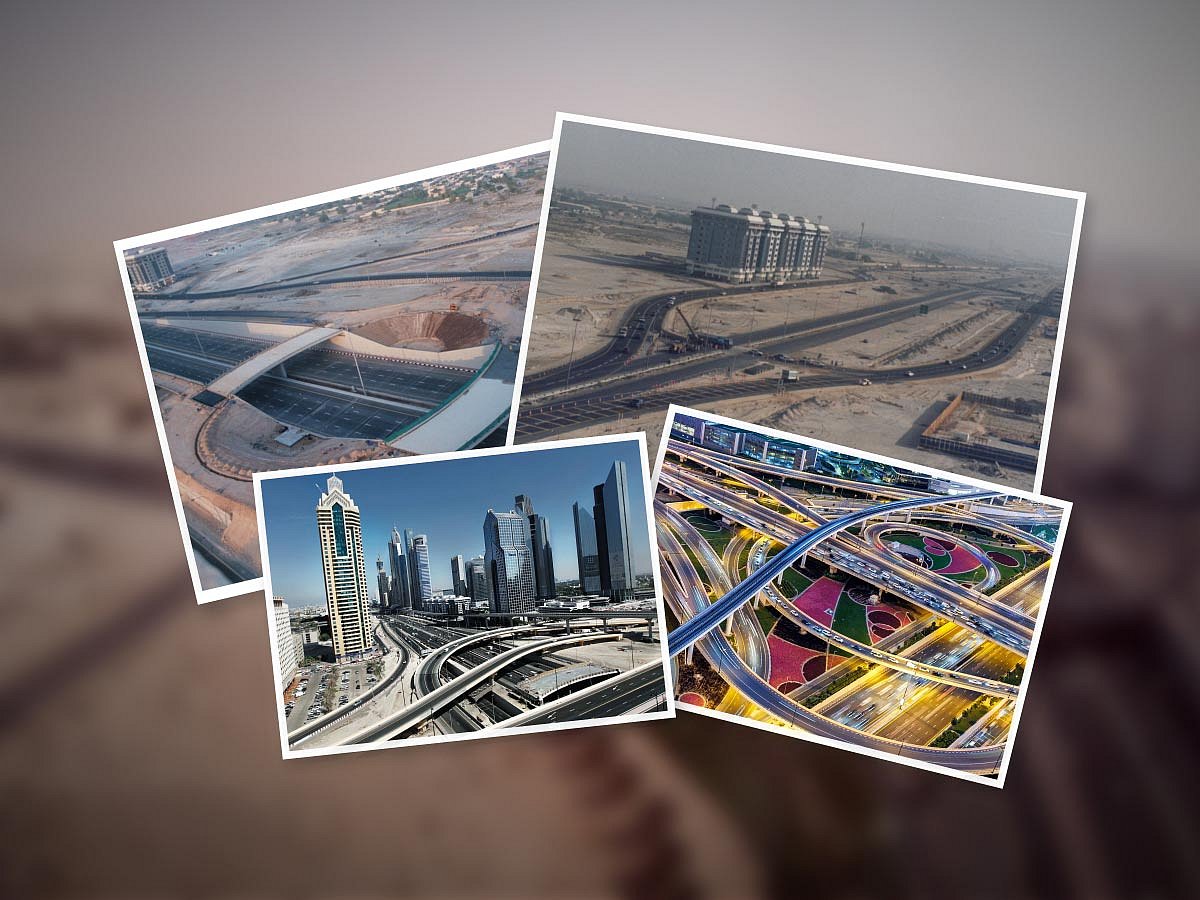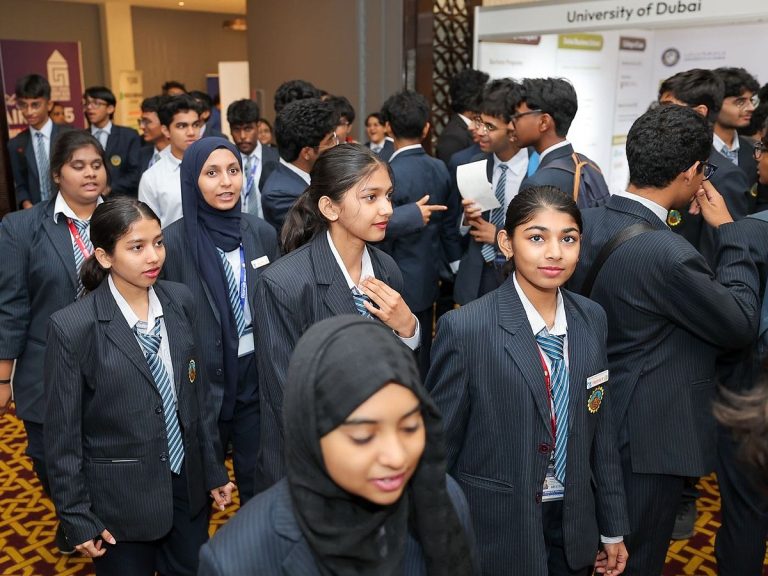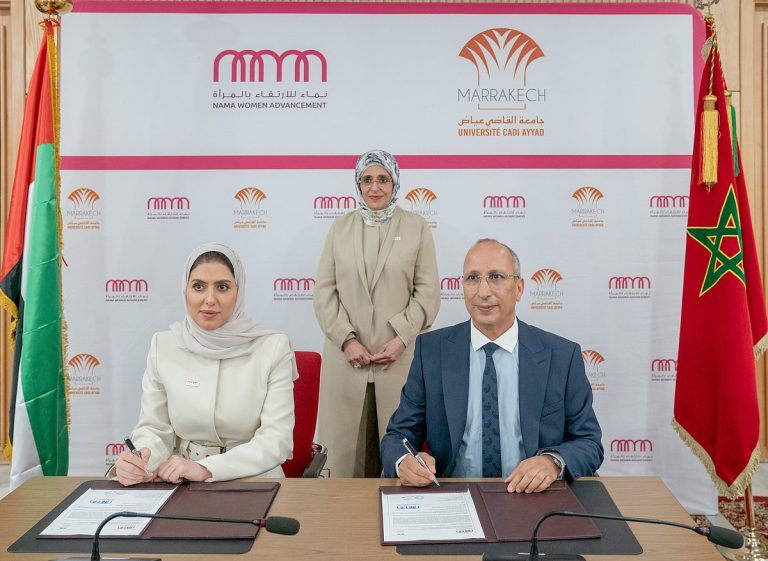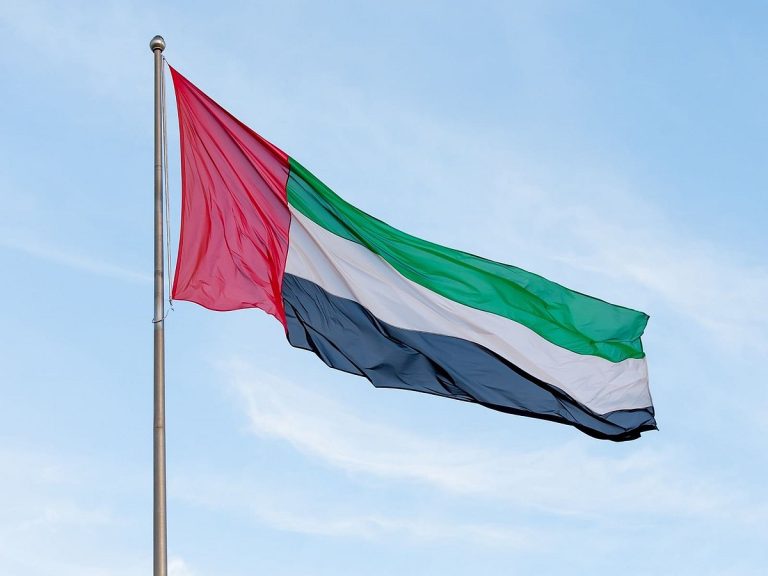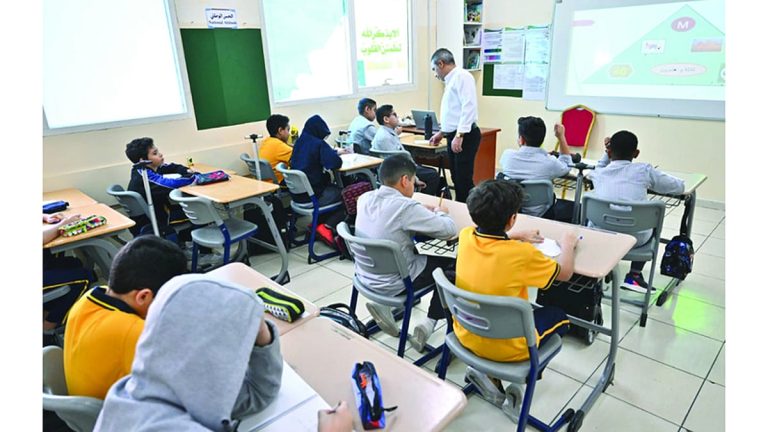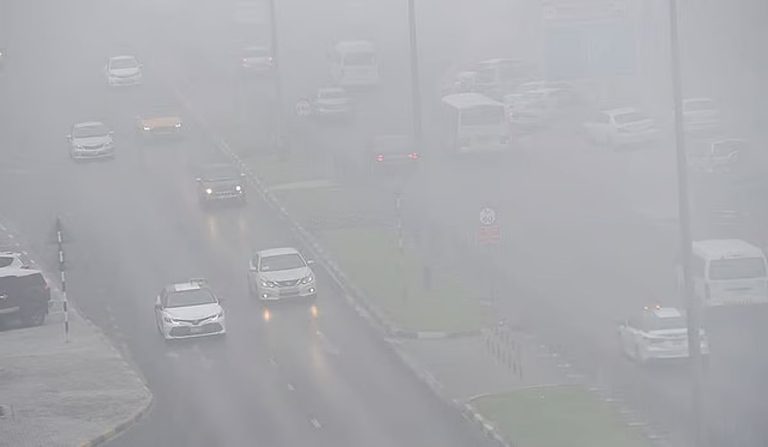Dubai’s First Interchange: A Milestone in Infrastructure
Dubai’s first major interchange, located at the Defence Roundabout, represents a significant milestone in the city’s infrastructure evolution. Construction commenced in late 2006, marking the beginning of a transformative project aimed at improving traffic flow and connectivity in the bustling metropolis.
Development Timeline
The three-tier interchange was designed to alleviate congestion and enhance accessibility to key areas in Dubai. Over the years, the project has undergone various phases, reflecting the city’s rapid growth and increasing traffic demands. The completion of this interchange not only improved local transportation but also set a precedent for future infrastructure developments in the region.
Impact on Traffic and Connectivity
Since its opening, the interchange has played a crucial role in facilitating smoother traffic movement, reducing travel times, and connecting major highways. It has become a vital link for commuters and has significantly contributed to the overall efficiency of Dubai’s road network.
FAQs
When did construction of the interchange begin?
Construction on the interchange started in the fourth quarter of 2006 and has since been a key project in Dubai’s urban development.
What are the main benefits of the interchange?
The interchange has improved traffic flow, reduced congestion, and enhanced connectivity between major roads, benefiting both residents and visitors.
How has the interchange influenced future infrastructure projects?
The successful completion of this interchange has set a benchmark for subsequent infrastructure projects in Dubai, showcasing the city’s commitment to modernizing its transport network.
Conclusion
The Defence Roundabout interchange stands as a testament to Dubai’s ambitious infrastructure initiatives. As the city continues to grow, ongoing improvements and expansions will likely follow, ensuring that transportation remains efficient and effective for all users.
The Defence Roundabout interchange is part of a broader strategy by the Dubai government to enhance urban mobility and accommodate the city’s rapid population growth. As one of the fastest-growing cities in the world, Dubai has experienced a surge in vehicle ownership and an influx of residents, which has necessitated significant upgrades to its transportation infrastructure. The interchange’s design incorporates advanced engineering techniques and modern traffic management systems, reflecting global best practices in urban planning.
In addition to improving traffic flow, the interchange has also facilitated economic growth by providing better access to commercial districts and residential areas. This has encouraged investment in surrounding neighborhoods, leading to the development of new businesses and housing projects. The enhanced connectivity has made it easier for residents to commute to work and access essential services, contributing to an improved quality of life. Furthermore, the interchange has been instrumental in supporting Dubai’s tourism sector, as it connects key attractions and hotels, making the city more accessible to visitors.
The construction of the Defence Roundabout interchange also highlights the importance of sustainability in urban infrastructure projects. The design incorporates features aimed at minimizing environmental impact, such as efficient drainage systems and landscaping that promotes biodiversity. As Dubai continues to prioritize sustainability in its development plans, future infrastructure projects are expected to follow suit, integrating eco-friendly practices and technologies. This approach aligns with the UAE’s broader goals of reducing carbon emissions and promoting sustainable urban living.
As Dubai looks to the future, the lessons learned from the Defence Roundabout interchange will inform the planning and execution of upcoming infrastructure initiatives. The city is continually exploring innovative solutions to address the challenges posed by urbanization, including the integration of smart technology in traffic management and public transportation systems. These advancements are expected to further enhance the efficiency of the road network and improve the overall commuting experience for residents and visitors alike.
Overall, the Defence Roundabout interchange is not just a significant infrastructure achievement; it is a symbol of Dubai’s vision for a modern, interconnected city. As the region continues to evolve, the ongoing commitment to developing robust transportation networks will play a crucial role in shaping the future of urban living in Dubai.
Also Read:
UAE Traffic Update: Heavy Delays on Key Dubai Routes Including E11 and E311
Heavy Traffic Alert: Major Delays on Sheikh Zayed Road, Al Khail and Key Dubai Routes

